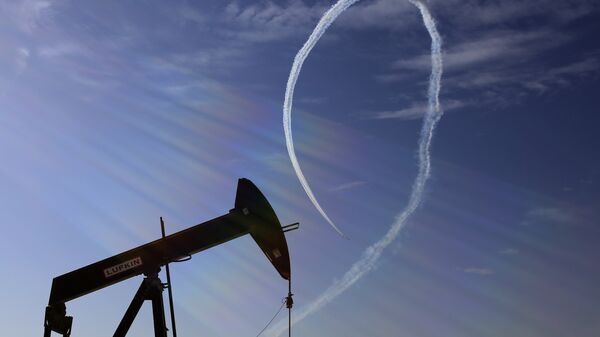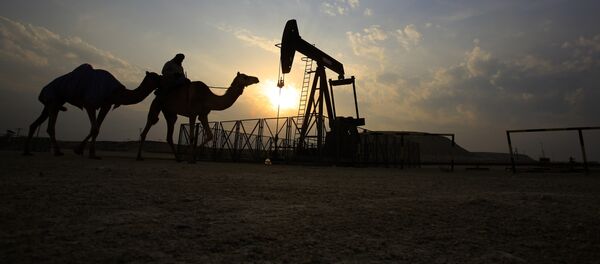"The majority agreed on 1 million increase in July," he told reporters after the JMMC meeting in Vienna on Thursday.
"Our stand as Iraq is we submitted a proposal that OK, there will be an increase [in supply] but we do not define it now but until next September, but our proposal was not met," Jabar Luaibi told reporters, adding he meant fall of 2019.
However, The Saudi-chaired Joint OPEC/Non-OPEC Ministerial Monitoring Committee recommended oil output hike was nominal, Saudi Energy Minister Khalid Falih said, adding the actual figures were likely to differ.
"We would recommend the OPEC conference tomorrow and 24 countries' ministerial meeting [on Saturday] to ease the production targets' inventories by a million, nominally a million [barrels], meaning that effective cuts will be different of course," he told reporters.
Speaking after the JMMC meeting in Vienna on Thursday, Falih said the production increase would be phased and last for weeks or months.
Iranian Oil Minister Zangeneh was present for negotiations in Vienna but left the monitors' meeting five minutes into the talks, according to a Sputnik correspondent. Iran has been unhappy about the proposed output increase after its exports were sanctioned in May by the United States.
Meanwhile, Russian Energy Minister Alexander Novak concluded that the Joint OPEC/Non-OPEC Ministerial Monitoring Committee has agreed to recommend an increase in oil output of 1 million barrels a day.
"There will be a recommendation to OPEC and non-OPEC to consider the question of increasing production by 1 million barrels per day. Tomorrow this situation will be discussed by OPEC and on Saturday by OPEC and non-OPEC," he told reporters after the JMMC meeting in Vienna.
The Organization of the Petroleum Exporting Countries and several non-members led by Russia agreed in Vienna in 2016 to cut oil output by a total of 1.8 million barrels a day to shore up slumping global oil prices.
Non-OPEC states pledged to jointly reduce output by 558,000 barrels a day. The deal came into effect in 2017 and has since been extended twice. It is expected to remain in force until the end of 2018.





